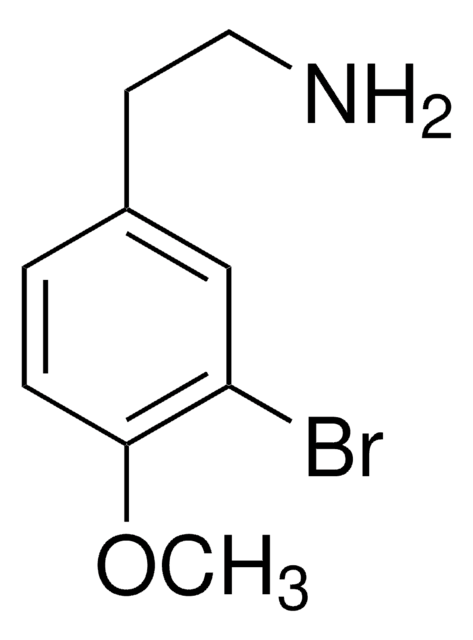推薦產品
化驗
97%
折射率
n20/D 1.429 (lit.)
bp
60 °C/8 mmHg (lit.)
密度
0.857 g/mL at 25 °C (lit.)
SMILES 字串
CCO[Si](C)(C)CCCN
InChI
1S/C7H19NOSi/c1-4-9-10(2,3)7-5-6-8/h4-8H2,1-3H3
InChI 密鑰
GLISOBUNKGBQCL-UHFFFAOYSA-N
尋找類似的產品? 前往 產品比較指南
應用
3-(乙氧基二甲基甲硅烷基)丙胺主要用作硅烷偶联剂,用于通过氨基硅烷化反应对玻璃基板、聚合物和纳米颗粒进行表面改性。
訊號詞
Warning
危險分類
Eye Irrit. 2 - Flam. Liq. 3 - Skin Irrit. 2 - STOT SE 3
標靶器官
Respiratory system
儲存類別代碼
3 - Flammable liquids
水污染物質分類(WGK)
WGK 3
閃點(°F)
136.0 °F - closed cup
閃點(°C)
57.8 °C - closed cup
個人防護裝備
Eyeshields, Gloves, type ABEK (EN14387) respirator filter
分析證明 (COA)
輸入產品批次/批號來搜索 分析證明 (COA)。在產品’s標籤上找到批次和批號,寫有 ‘Lot’或‘Batch’.。
客戶也查看了
Tom Felbeck et al.
Colloids and surfaces. B, Biointerfaces, 157, 373-380 (2017-06-18)
The investigation of nanoparticles and their interaction with bio-macromolecules have become an important issue; the widely discussed protein corona around nanoparticles and their biological fate in general have drawn particular attention. Here, we focus on nanoclay dispersions and the use
Lukas F Milles et al.
The journal of physical chemistry. B, 121(15), 3620-3625 (2016-12-20)
The opportunistic pathogen Clostridium perfringens assembles its toxins and carbohydrate-active enzymes by the high-affinity cohesin-dockerin (Coh-Doc) interaction. Coh-Doc interactions characterized previously have shown considerable resilience toward mechanical stress. Here, we aimed to determine the mechanics of this interaction from C.
Colloidal synthesis of gold semishells.
Rodriguez FD, et al.
ChemistryOpen, 1(2), 90-95 (2012)
Shaping colloids for self-assembly.
Sacanna S, et al.
Nature Communications, 4, 1688-1688 (2013)
Rafael C Bernardi et al.
Journal of the American Chemical Society, 141(37), 14752-14763 (2019-08-30)
Can molecular dynamics simulations predict the mechanical behavior of protein complexes? Can simulations decipher the role of protein domains of unknown function in large macromolecular complexes? Here, we employ a wide-sampling computational approach to demonstrate that molecular dynamics simulations, when
我們的科學家團隊在所有研究領域都有豐富的經驗,包括生命科學、材料科學、化學合成、色譜、分析等.
聯絡技術服務











![三甲氧基[3-(甲氨基)丙基]硅烷 95%](/deepweb/assets/sigmaaldrich/product/structures/236/724/a4aa90e7-bf25-425f-9e44-cbc87ffac9fd/640/a4aa90e7-bf25-425f-9e44-cbc87ffac9fd.png)


